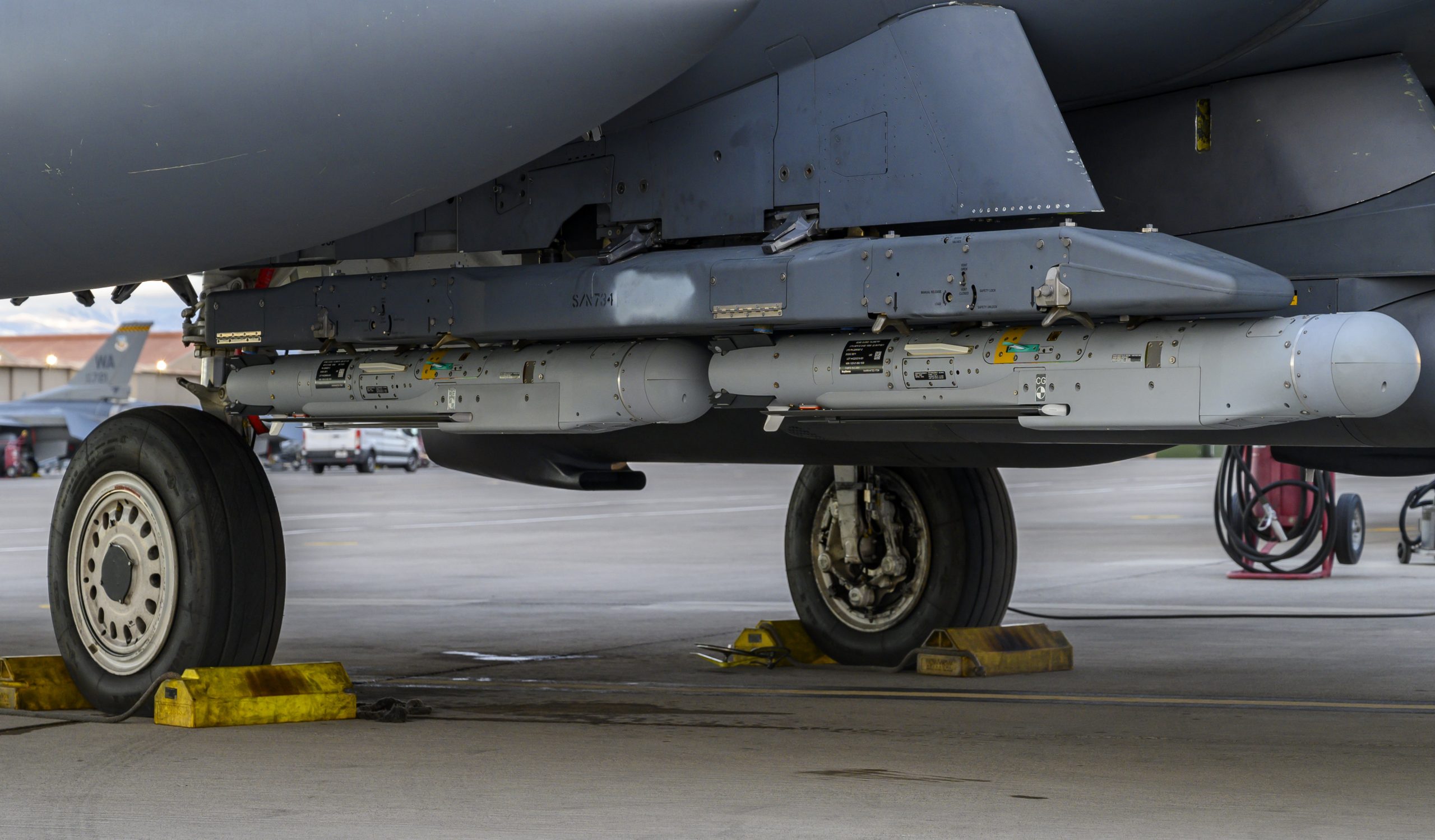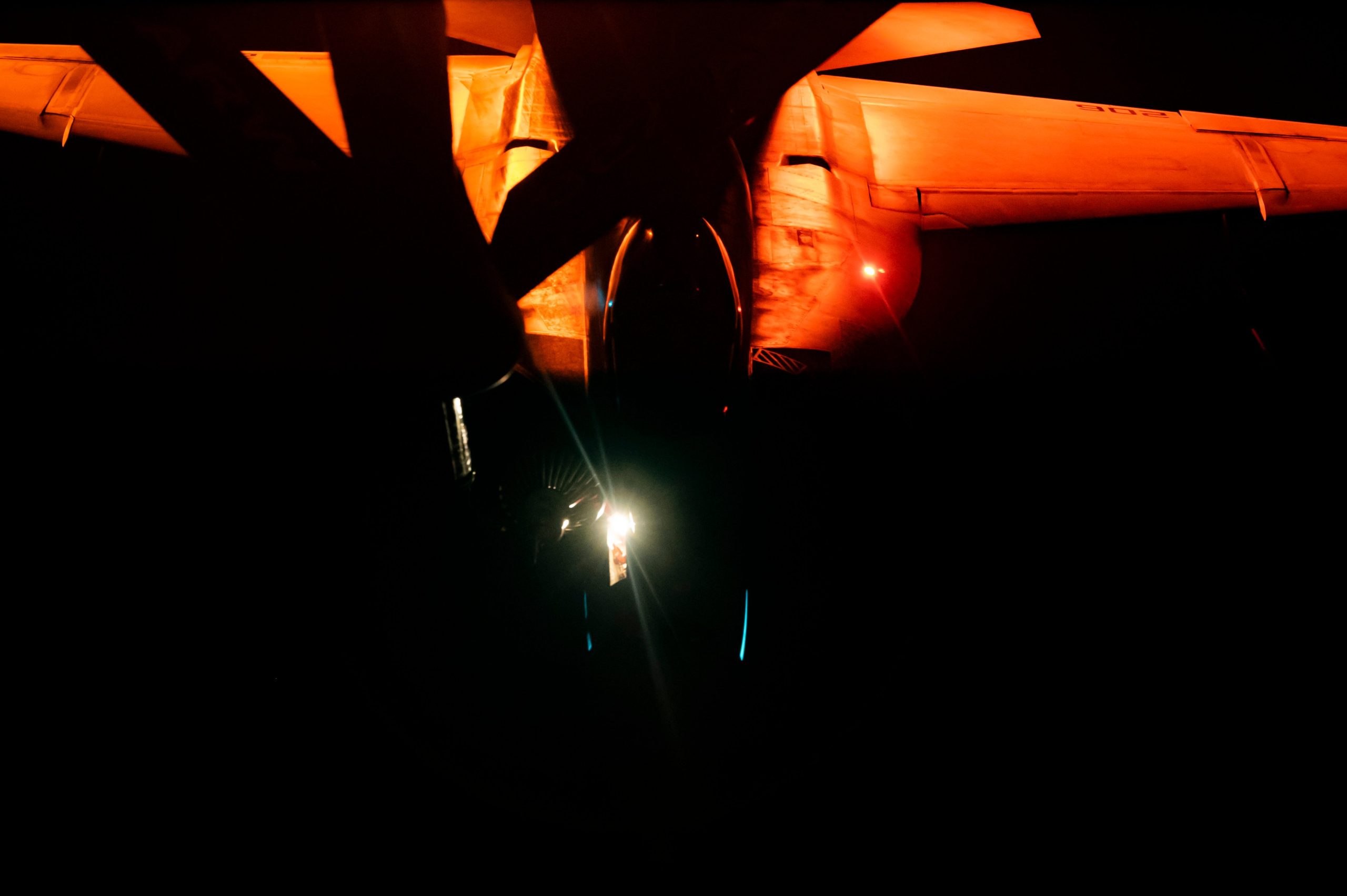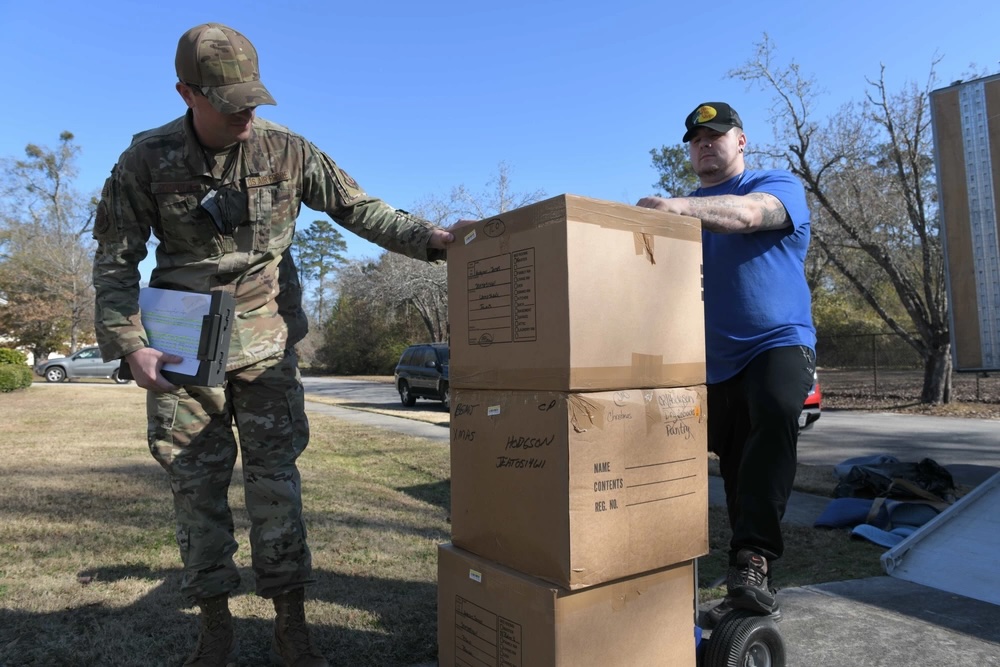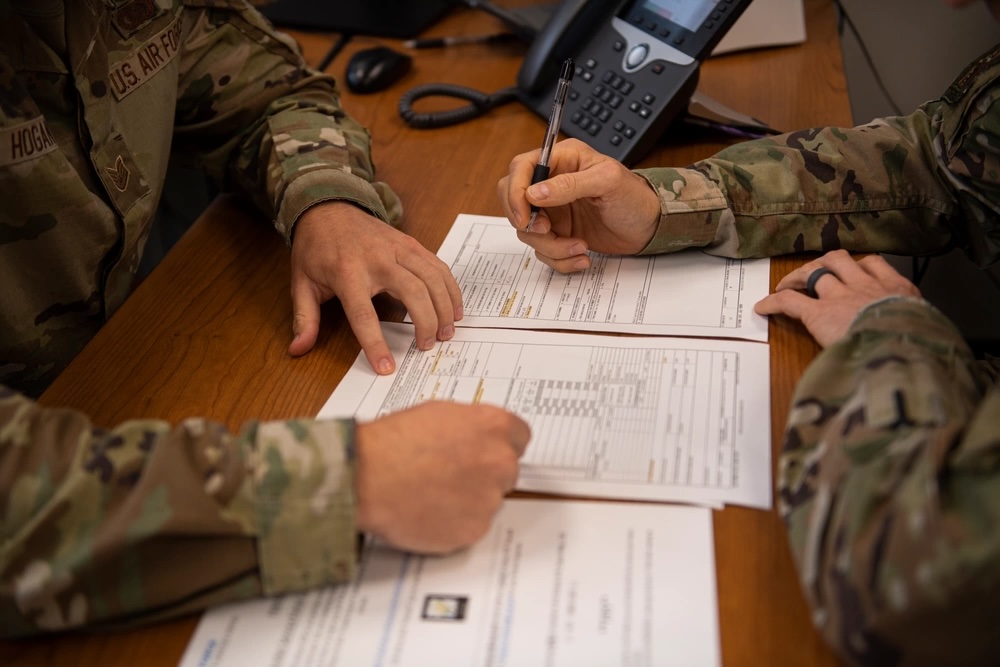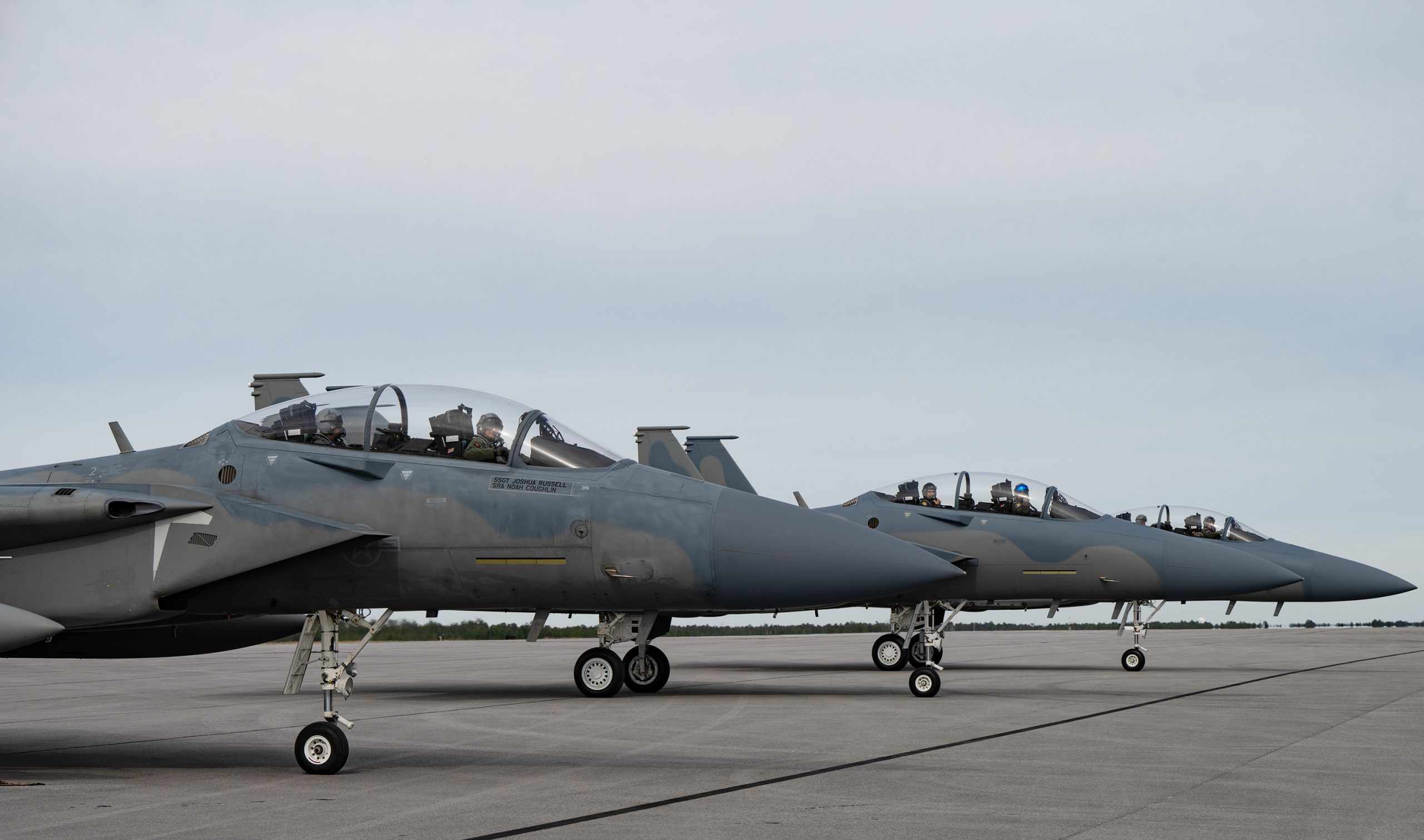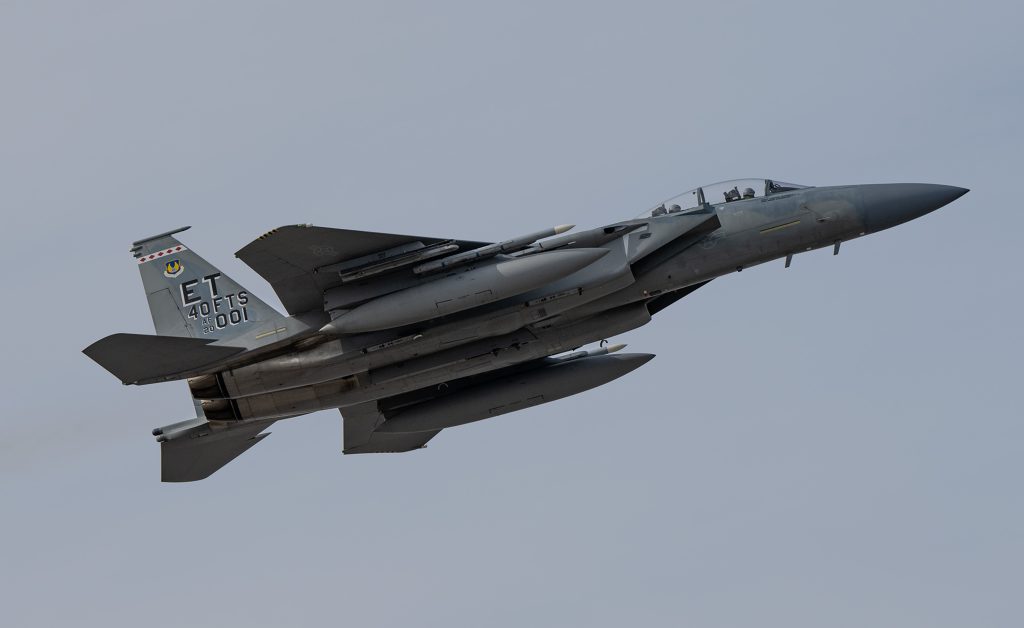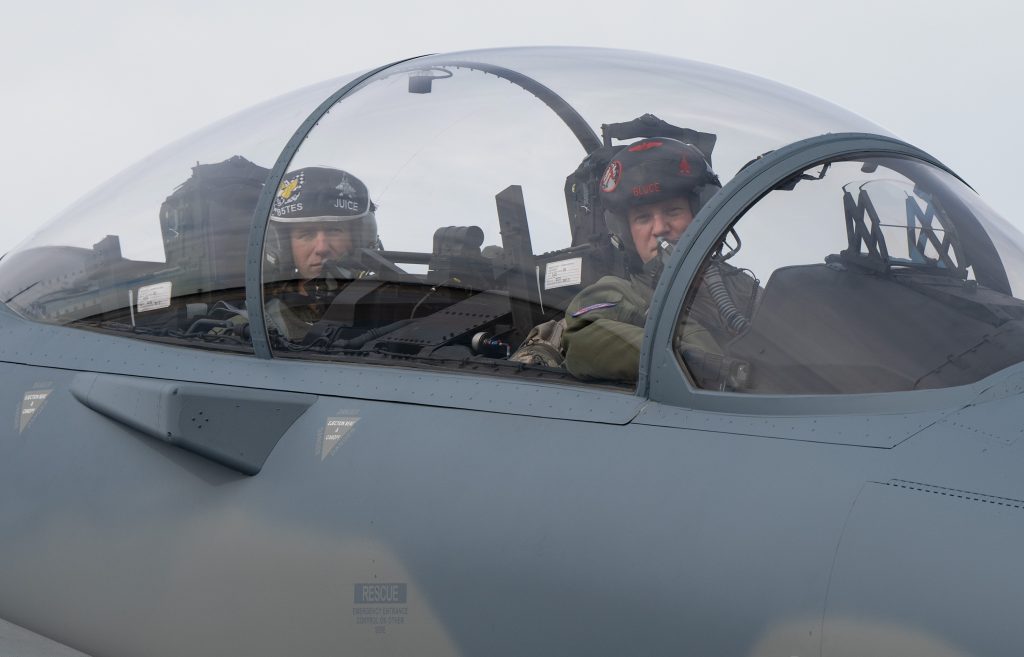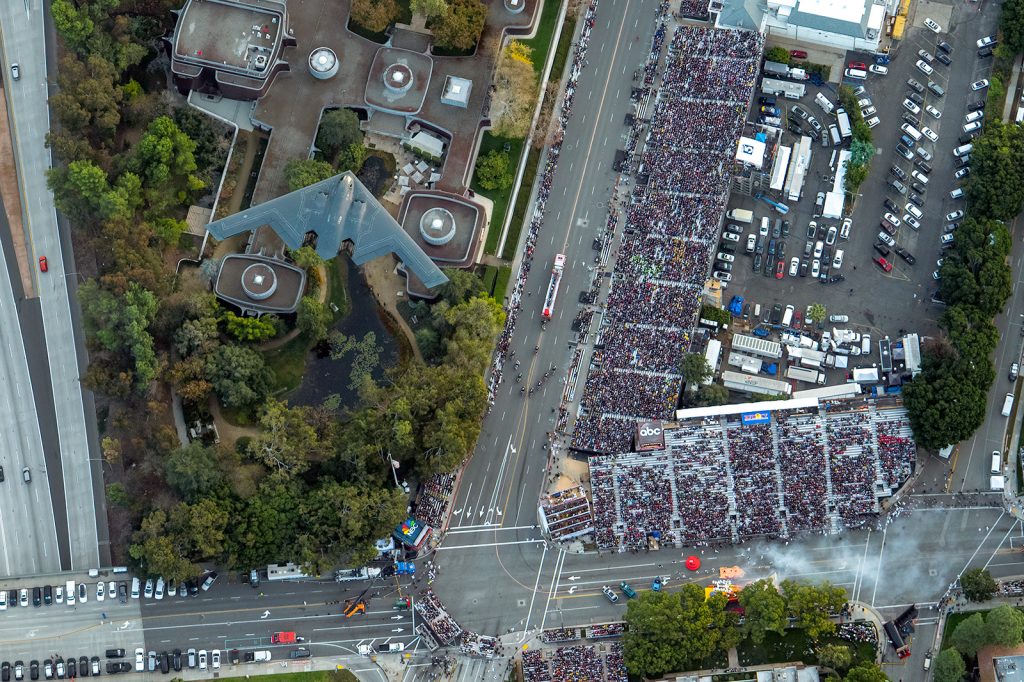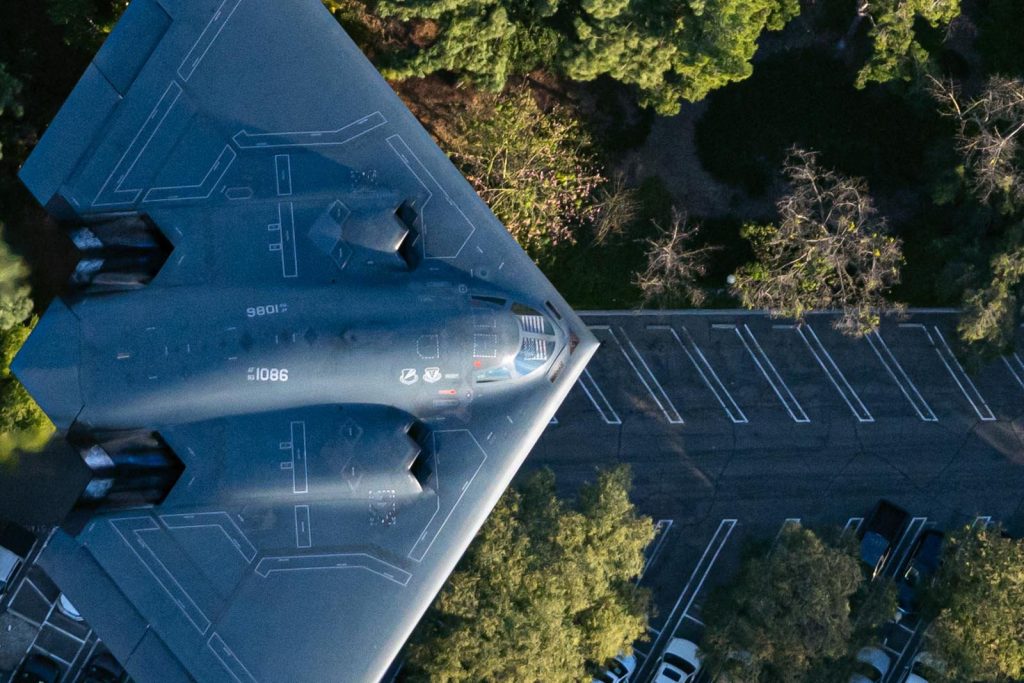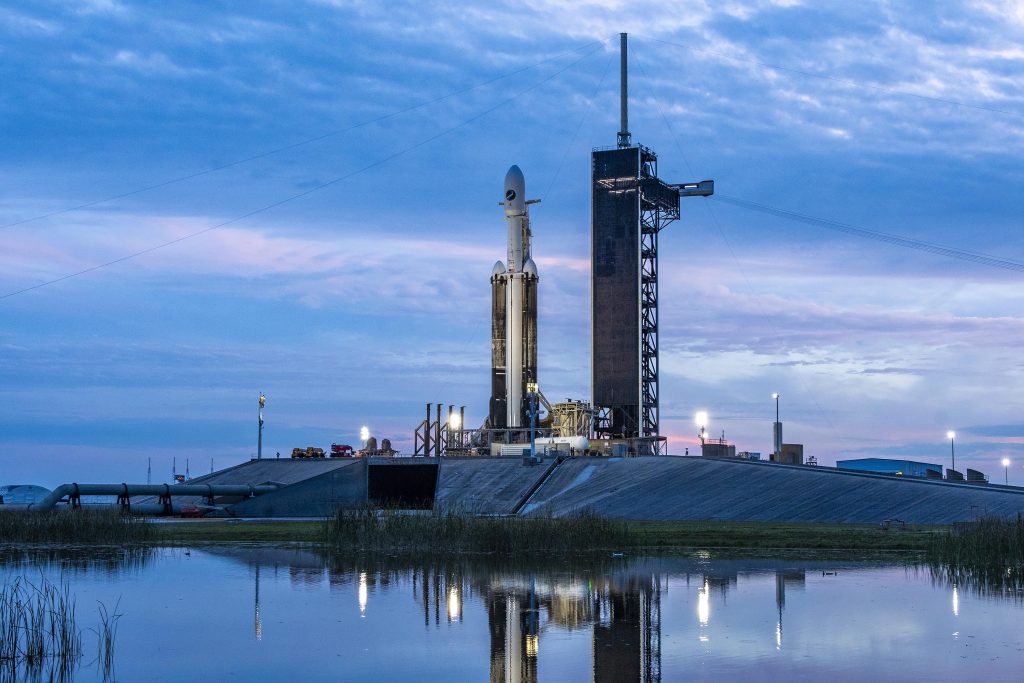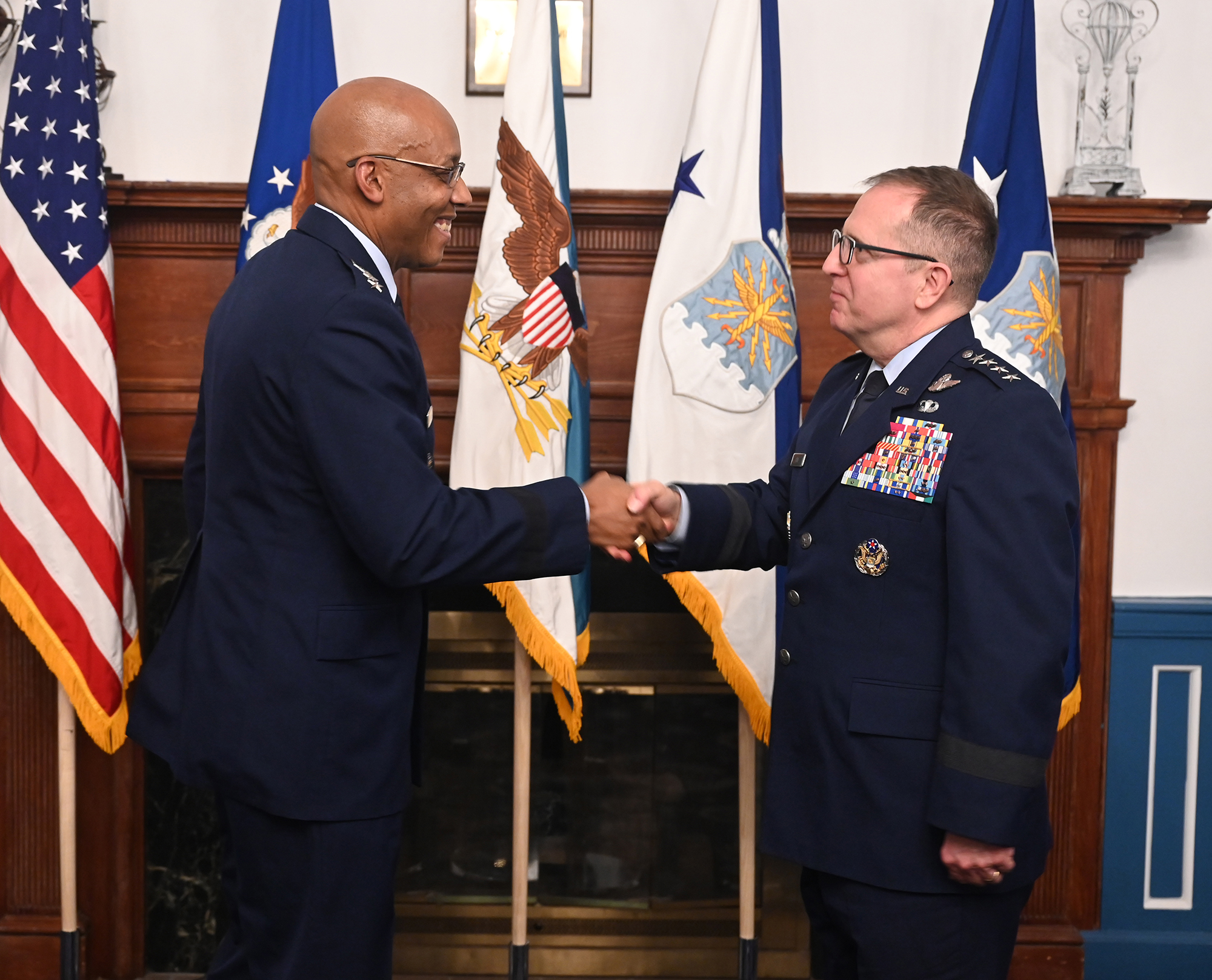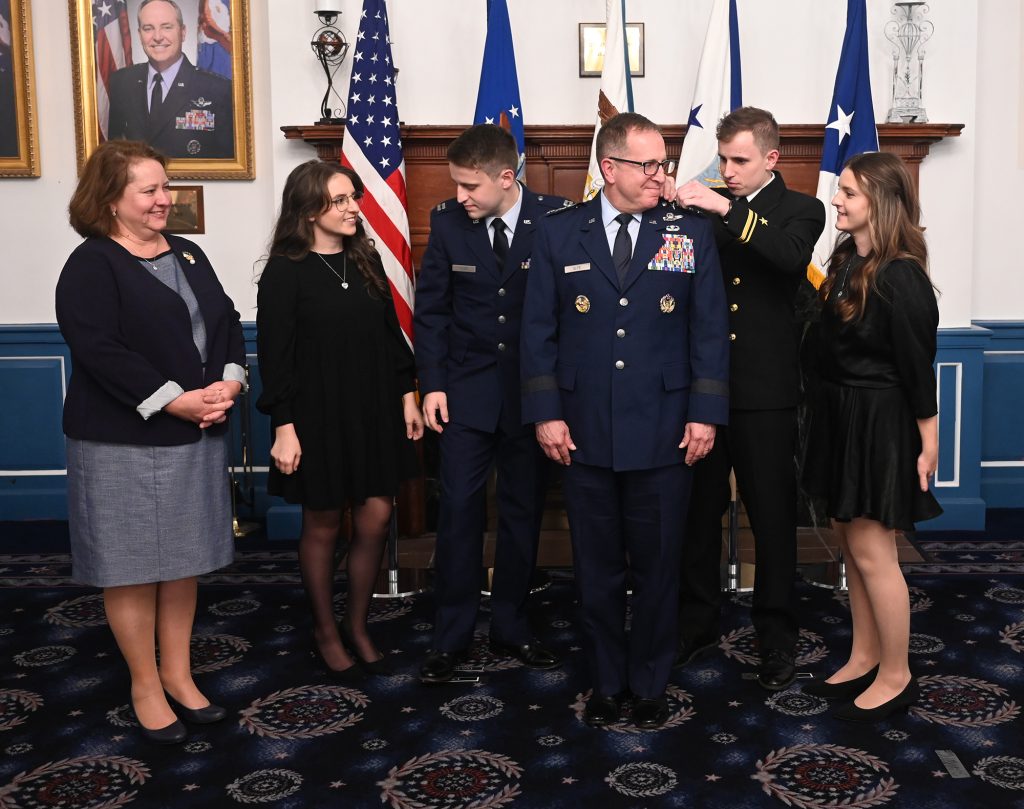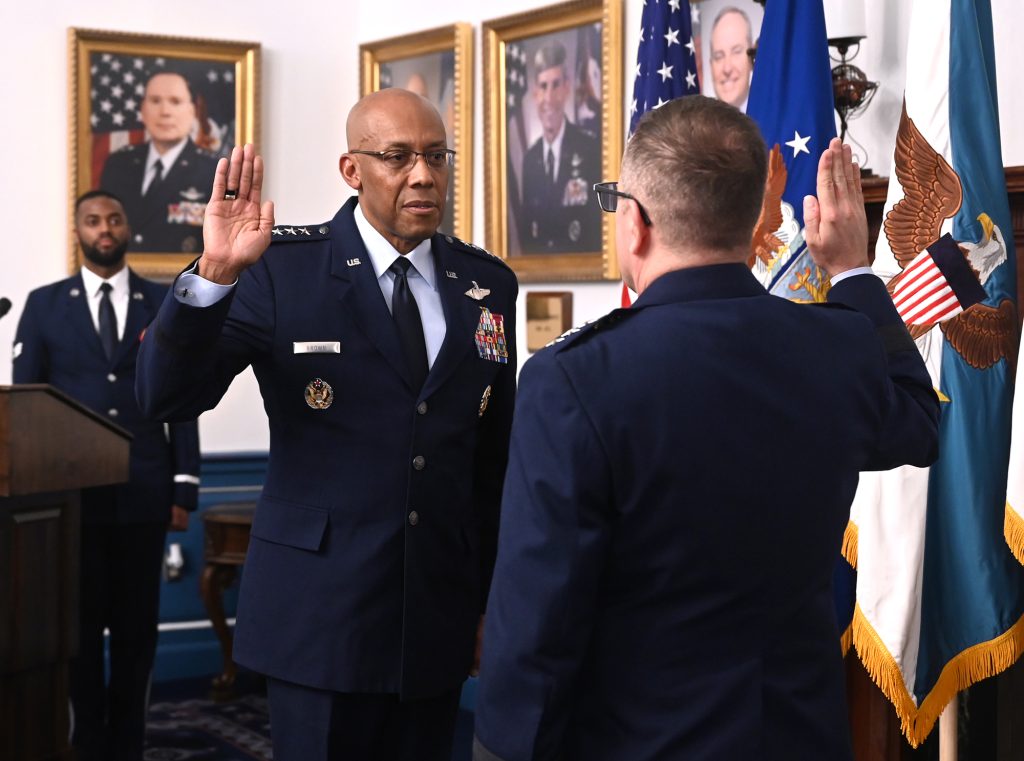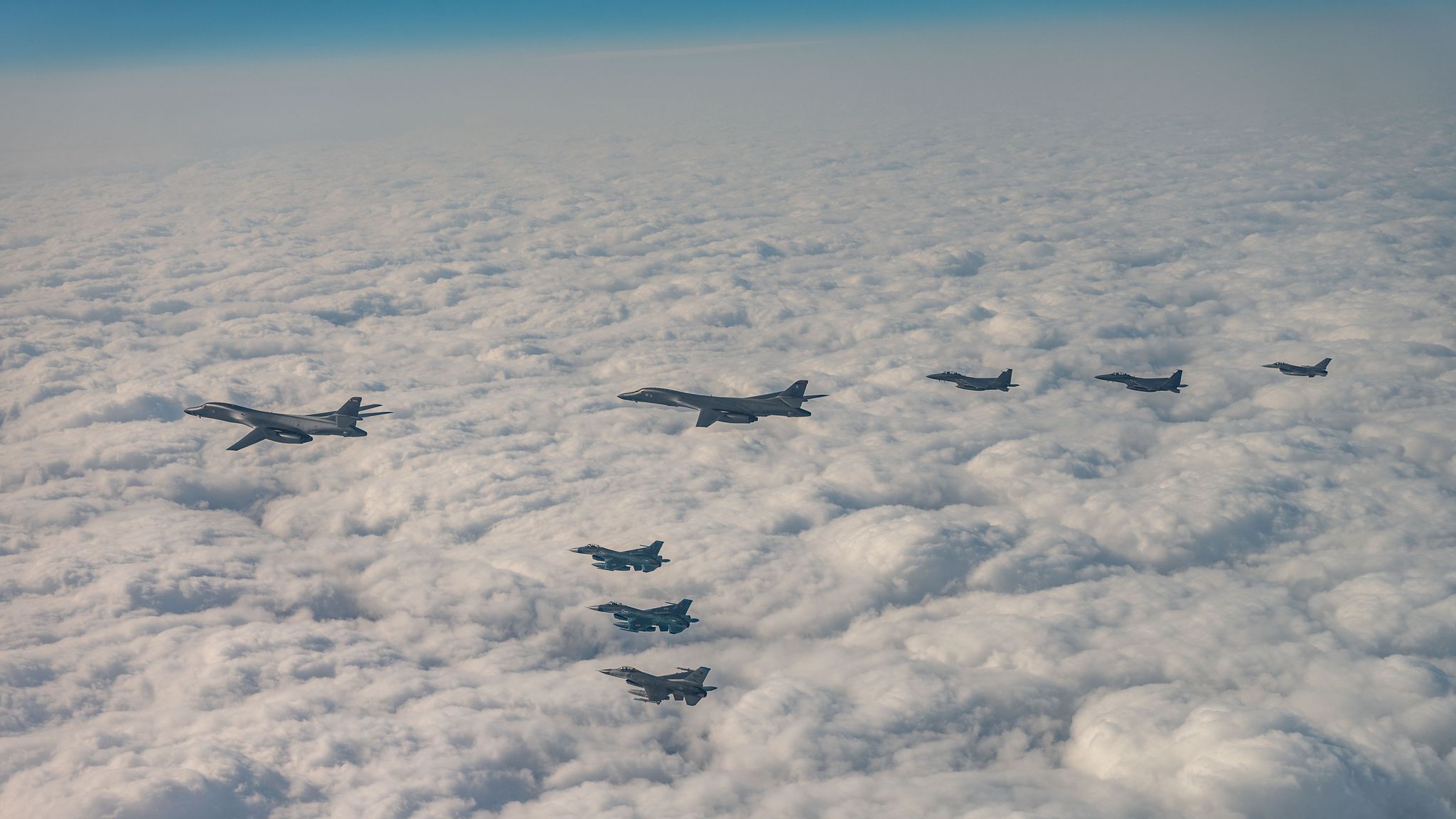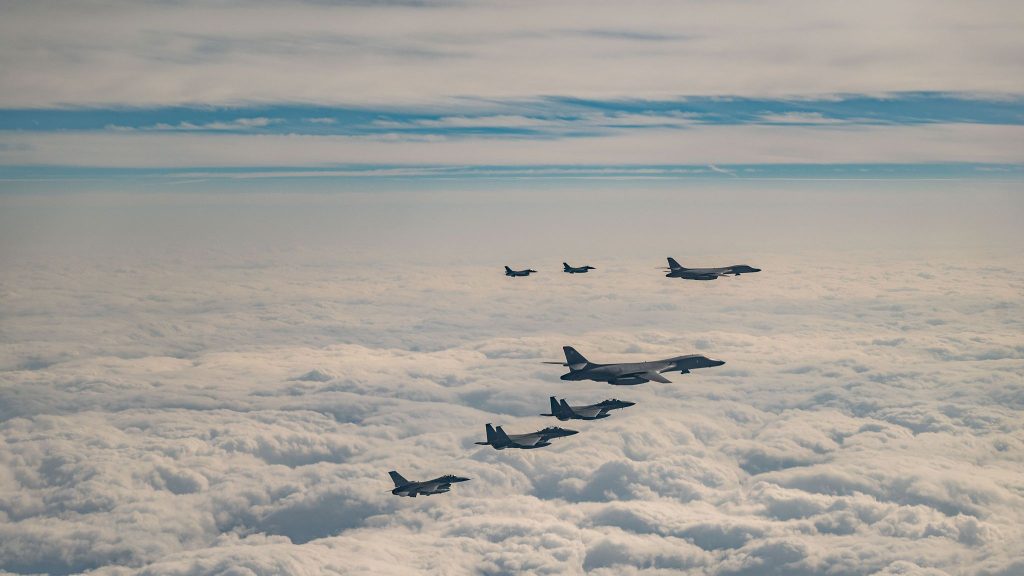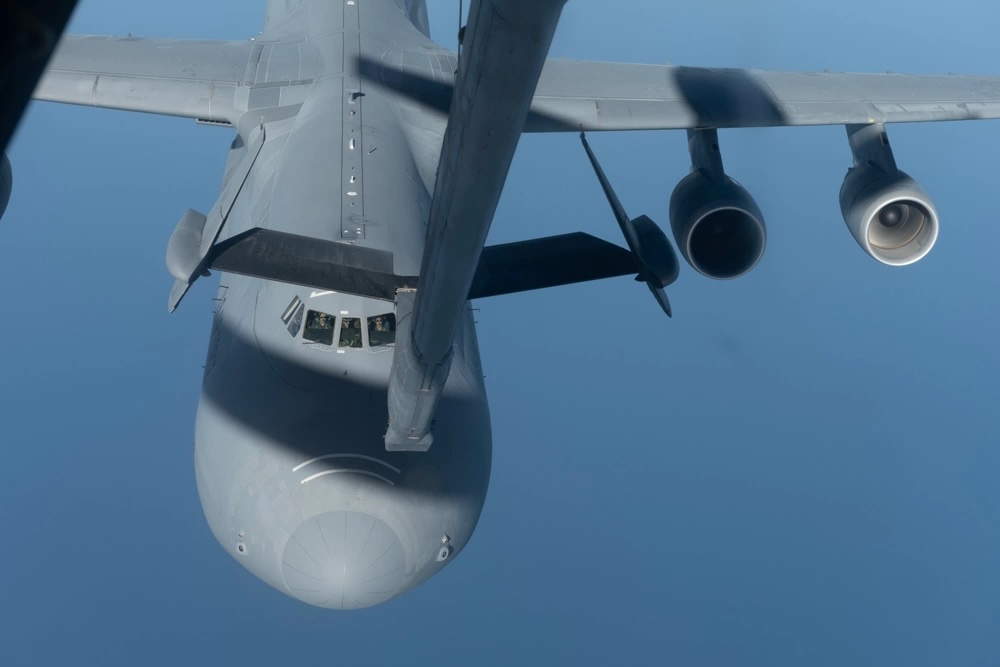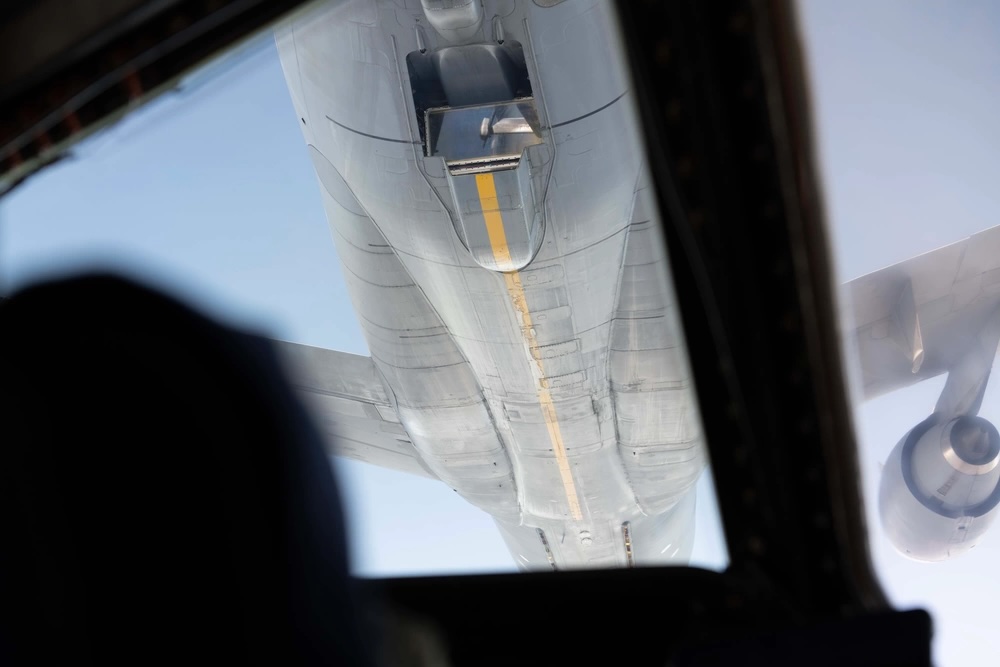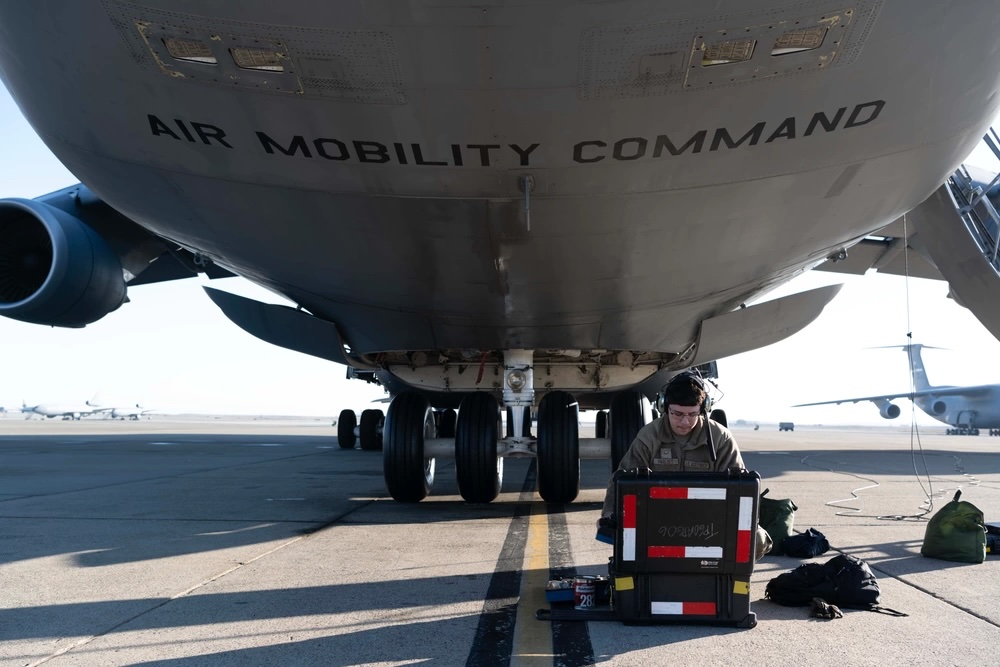The Air Force awarded Raytheon, an RTX unit, a $345 million contract to build more than 1,500 Small Diameter Bomb II/GBU-53/B munitions—called “StormBreaker” by the company—for the Air Force, Navy, and Foreign Military Sales users, under the 10th production lot. The work is to be completed by August 2028.
The SDB II is a smart bomb with pop-out wings that can be carried on BRU-55 and BRU-61 multi-weapon racks and increase the loadout and targets struck per sortie by fighter aircraft. Certified for use on the Air Force F-15E and Navy F/A-18E/F and being integrated with the joint-service F-35, the weapon is planned to be fitted eventually for nearly all U.S. fixed-wing strike aircraft and bombers.
The munitions will be made primarily at Raytheon’s Tucson, Ariz., facilities. The contract also covers containers and training gear.
The Pentagon’s fiscal 2024 budget request asked for 920 SDB IIs for the Air Force, down from 1,214 in fiscal 2023 and 976 in fiscal 2022. The Air Force has also shifted from buying the bulk of its Small Diameter Bombs from the first iteration, made by Boeing, to the StormBreaker weapon made by Raytheon.
The total planned acquisition of StormBreaker, according to budget documents, is 21,610 for the Air Force and 5,800 for the Navy. The Jan. 3 contract also covers Foreign Military Sales to Finland, Germany, Italy, and Norway, collectively worth $2.1 million. The contract includes $101.4 million from the Air Force’s fiscal 2023 budget and $183.1 million for the fiscal 2024 budget.
Production of StormBreaker was paused in 2019 due to a parts quality issue. Raytheon retrofitted the weapons built to that point and production resumed in 2020.
Air Force budget documents say the service’s goals for the weapon in 2024 include a technology refresh to change out “obsolete seeker components.”
The 204-pound SDB II has a multimode seeker—including millimeter wave, imaging infrared, and a semi-active laser—with a 105-pound multimode shaped blast/fragmentation warhead. It has the ability to prioritize targets autonomously, and its GPS/INS guidance allows it to be retargeted after the weapon’s release.
Stormbreaker is described by the company as a “network-enabled” munition. Its wings provide a standoff glide capability of more than 45 miles, according to Raytheon, reducing the launch aircraft’s exposure to enemy defenses. The precision weapon can work in all weather or obscurants and can engage moving targets as well.
The F-15E can carry up to 28 SDB IIs by using seven BRU-61A racks, each with four weapons. With modifications, SDB II racks will be able to fit inside the F-22 and F-35. The weapon is 69 inches long. Raytheon reported that StormBreaker completed 28 test drops in 2023, across all user platforms.
The first operational use of the SDB II was with the 391st Fighter Squadron in 2021, which employed four of the weapons against moving ground vehicles at the Utah Test and Training Range in a Weapon Systems Evaluation Program (WSEP) test.
